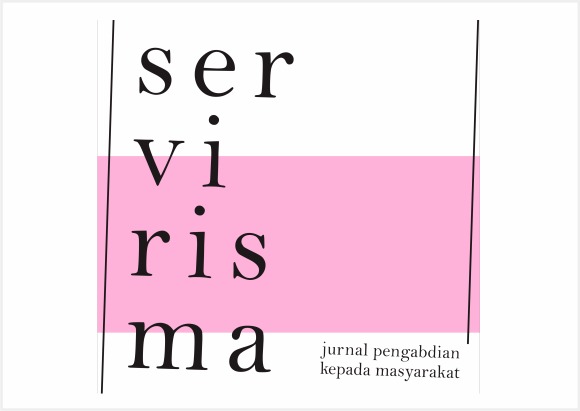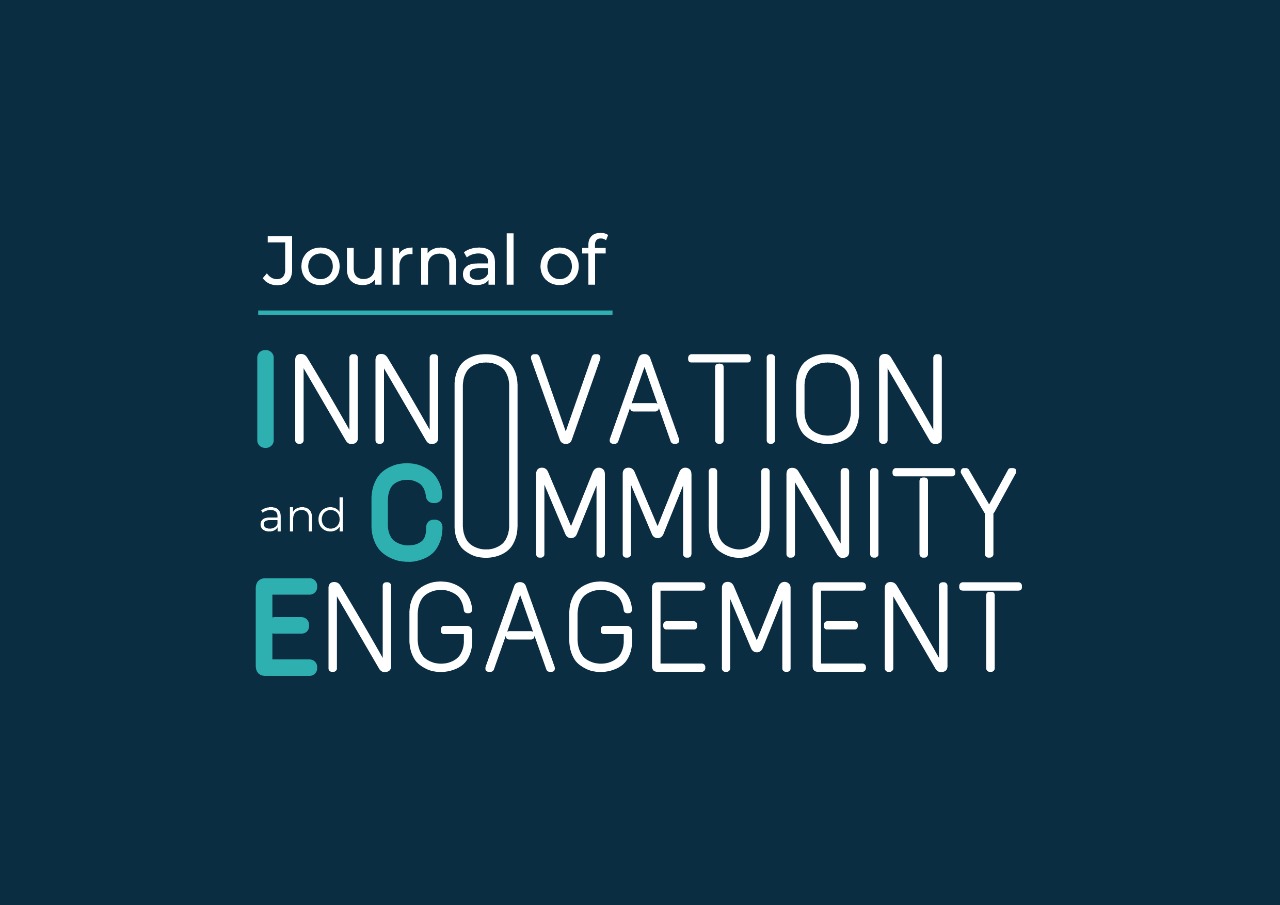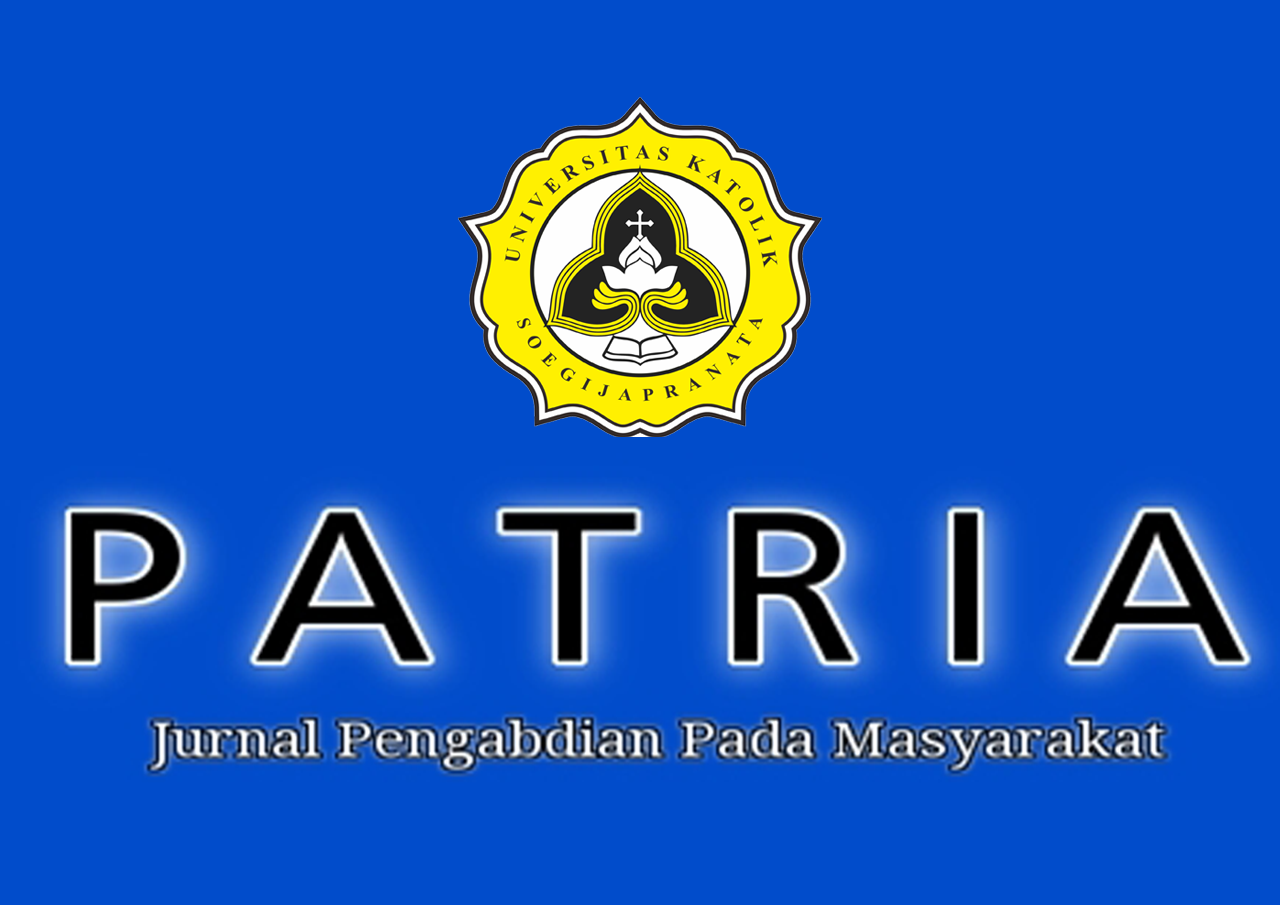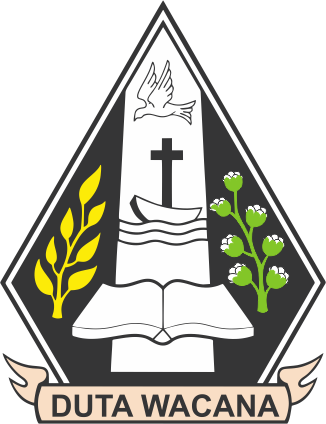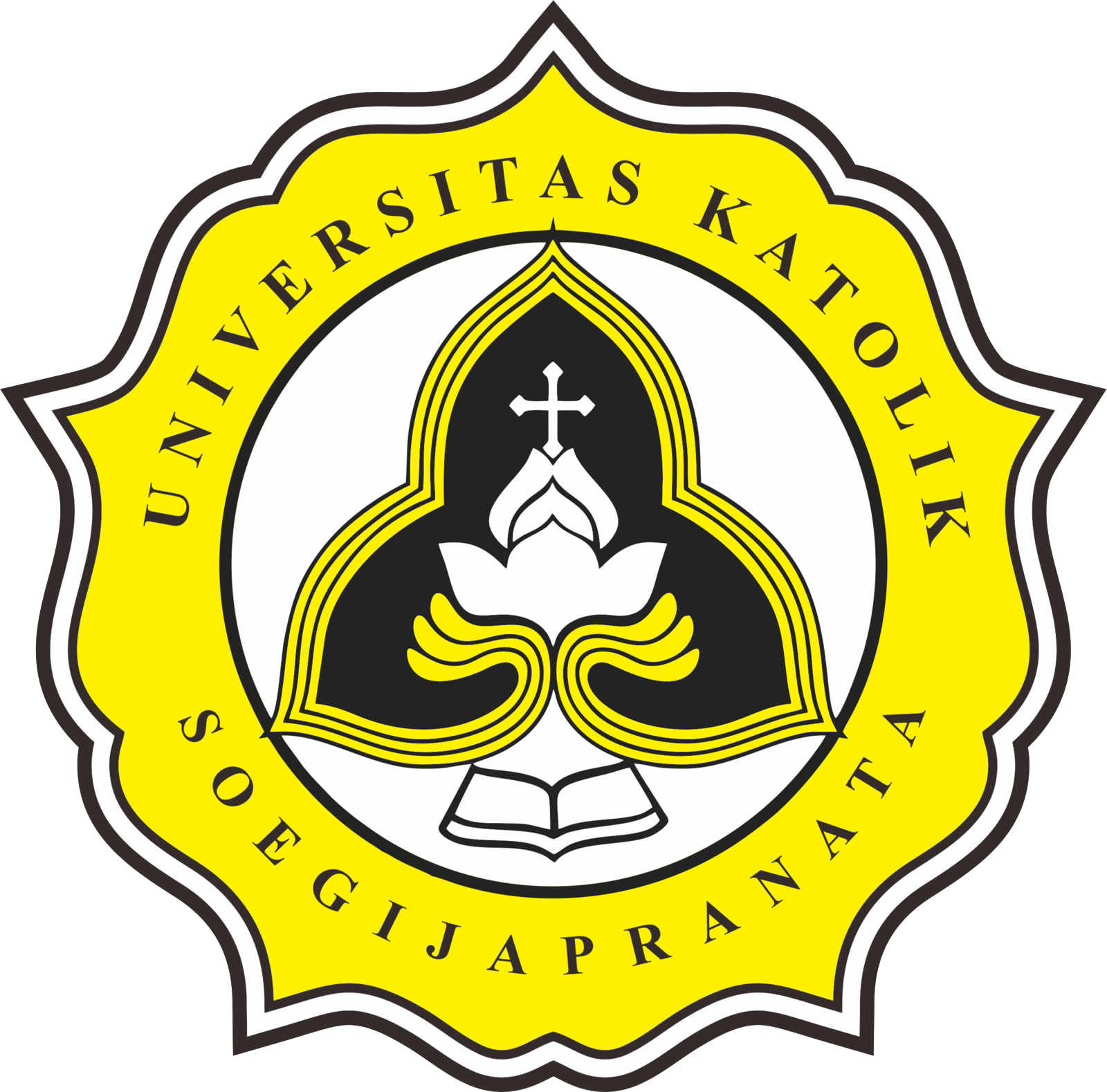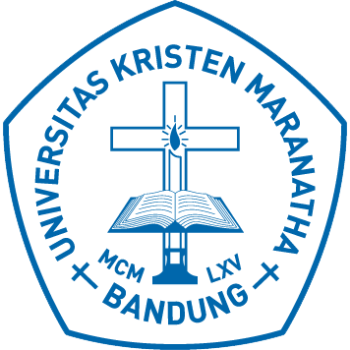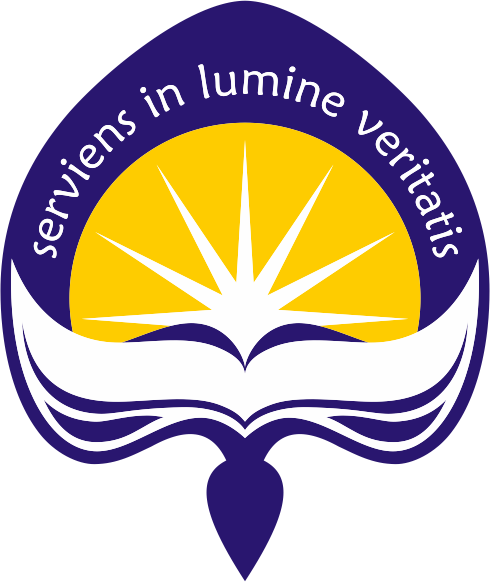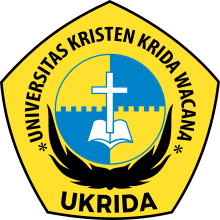Pendampingan Manajemen Usaha Bersama Simpan Pinjam (UBSP) Komunitas Aditya Yodha Di Dusun Sorowangsan Girikerto Turi Sleman DIY
DOI:
https://doi.org/10.21460/sendimasvi2021.v6i1.44Keywords:
business analysis, financial management, JSLB concept, management & organizationAbstract
Aditya Yodha Community has collaborated with the local Family Welfare Empowerment (FWE) to develop various businesses, such as processed Salak (Snakesfruit), goat farm, and tilapia fish farm as the local wisdoms of Sorowangsan village to improve the welfare of the community. In the current COVID- 19 pandemic, it requires the creative thinking to be independent. To develop the business, the community needs capital. The sources of funds that can support the business is in the form of Joint Savings and Loans Business (JSLB) so that the group's business can develop sustainably. The community then formed JSLB. Therefore, mentoring and training would be carried out. The assistance was carried out using the empowerment method, which is a development process in which the community takes the initiative to start the social activities to improve their own situation and condition. The trainings were general management of JSLB and organization, financial management, business analysis. The activity was started with making the JSLB concept which would be socialized to groups in the community according to the group's potential and human resource conditions. Based on the JSLB concept, the community formed the JSLB management. Furthermore, the training and assistance for the general management and organization, the financial management, and the business analysis were carried out. Through JSLB, revolving capital can be made for sustainable business development. The outputs of this community service were the JSLB concept, the management & organization materials, the financial management, the business analysis, the community service reports, the proceedings for journal articles and Aditya Yodha (AYO) JSLB has also been formed.
References
P. Ferreira de Araújo Lima, M. Crema, and C. Verbano, “Risk management in SMEs: A systematic literature review and future directions,” Eur. Manag. J., vol. 38, no. 1, pp. 78–94, 2020.
B. M. Pulka, A. Ramli, and M. S. Bakar, “Marketing Capabilities , Resources Acquisition Capabilities , Risk Management Capabilities , Opportunity Recognition Capabilities and SMEs Performance : A Proposed Frame work,” Asian J. Multidiscip. Stidies, vol. 6, no. January, pp. 12–22, 2018.
A. U. Rehman and M. Anwar, “Mediating role of enterprise risk management practices between business strategy and SME performance,” Small Enterp. Res., vol. 26, no. 2, pp. 207–227, 2019.
B. Kaassis and A. Badri, “Development of a preliminary model for evaluating occupational health and safety risk management maturity in small and medium-sized enterprises,” Safety, vol. 4, no. 1, pp. 9–11, 2018.
K. Abbasi, A. Alam, M. (Anna) Du, and T. L. D. Huynh, “FinTech, SME efficiency and national culture: Evidence from OECD countries,” Technol. Forecast. Soc. Change, vol. 163, no. May, p. 120454, 2021.
B. Macías Gomez-Estern, S. Arias-Sánchez, M. J. Marco Macarro, M. R. Cabillas Romero, and V. Martínez Lozano, “Does service learning make a difference? comparing students’ valuations in service learning and non-service learning teaching of psychology,” Stud. High. Educ., vol. 46, no. 7, pp. 1395–1405, 2021.
L. Mortari and M. Ubbiali, “Service learning: A philosophy and practice to reframe higher education,” Athens J. Educ., vol. 8, no. 2, pp. 115–138, 2021.
H. Klaus, M. Rosemann, and G. G. Gable, “What is ERP?,” Inf. Syst. Front., vol. 2, no. August, pp. 141–162, 2000.
H. A. H. Awad, “Cloud computing as an operational model for ERP services : Definitions and challenges,” Int. J. Innov. Appl. Stud., vol. 8, no. 2, pp. 499–502, 2014.
T. Vasiljeva, S. Shaikhulina, and K. Kreslins, “Cloud Computing : Business Perspectives , Benefits and Challenges for Small and Medium Enterprises ( Case of Latvia ),” Procedia Eng., vol. 178, pp. 443–451, 2017.
S. L. Indarto, S. D. A. Ratnaningsih, and S. M. D. Endah, Efektivitas Kinerja Melalui Pemanfaatan Enterprise Resource Planning (ERP) dan Customer Relationship Management (CRM). Yogyakarta: Amara Books, 2018.
A. Wiranto, M. Toha, and D. Supriyadi, “Prediksi Persediaan Minimum Dan Maximum,” Kolano J. Multidiscip. Sci., vol. 1, no. 01, pp. 55–67, 2020.
M. Nawawi and D. Yunia, “Model Proses Bisnis ERP, Pengendalian Manajemen dan Keunggulan Kompetitif,” J. Akunt. DAN BISNIS J. Progr. Stud. Akunt., vol. 7, no. 1, pp. 11–22, 2021.
G. Tijsma et al., “Becoming productive 21st century citizens: A systematic review uncovering design principles for integrating community service learning into higher education courses,” Educ. Res., vol. 62, no. 4, pp. 390–413, 2020.
V. B. Marcus, N. A. Atan, S. M. Yusof, and L. Tahir, “A systematic review of e-service learning in higher education,” Int. J. Interact. Mob. Technol., vol. 14, no. 6, pp. 4–14, 2020.
Downloads
Published
How to Cite
Issue
Section
License
Copyright (c) 2021 Sendimas 2021 - Seminar Nasional Pengabdian kepada Masyarakat

This work is licensed under a Creative Commons Attribution-NonCommercial-NoDerivatives 4.0 International License.


